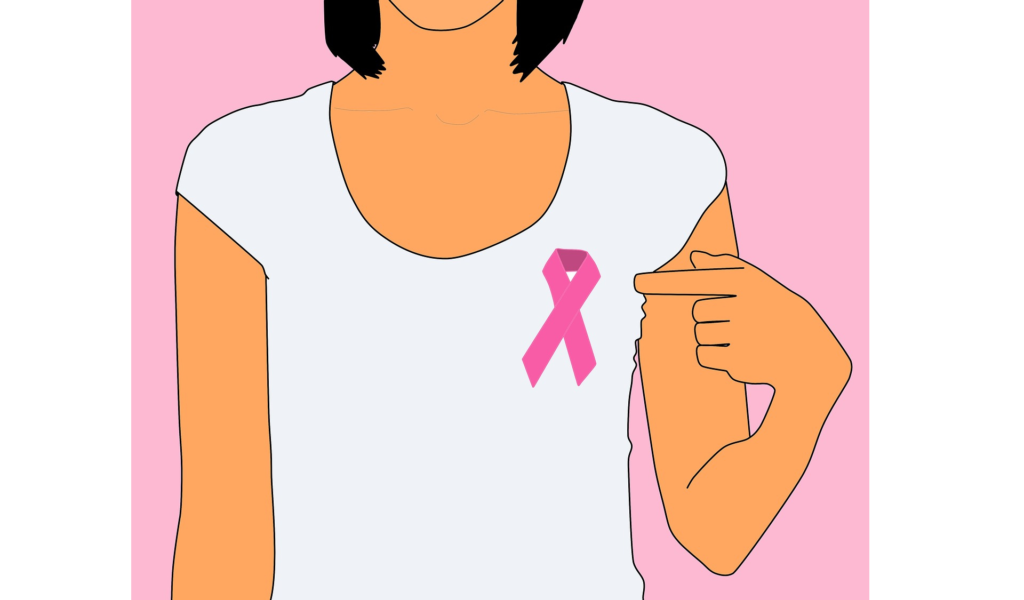
Breast cancer is a term that with many people, whether directly affected or as part of a loved one’s journey. As one of the most common cancers among women and a growing among men, understanding breast cancer is more crucial than ever. In this article, we’ll delve deep into what breast cancer is, its types, risk factors, prevention strategies, treatment options, and the importance of support networks.
What is Breast Cancer?
Breast cancer occurs when cells in the breast grow uncontrollably. Typically, it starts in the cells of the lobules (which produce milk) or the ducts (which provide a passage for milk). While this type of cancer mostly affects women, men can also develop breast cancer, although it is rare.
Types of Breast Cancer
- Invasive Ductal Carcinoma (IDC): The most common type, where cancer begins in the milk ducts and spreads to surrounding breast tissue.
- Invasive Lobular Carcinoma (ILC): Starts in the lobules and often presents differently than IDC, sometimes creating a thickening rather than a lump.
- Ductal Carcinoma In Situ (DCIS): Considered non-invasive, it is a precursor to invasive cancer, where abnormal cells are found in the ducts but haven’t spread.
- Triple-Negative Breast Cancer: A more aggressive form that doesn’t express three common receptors known to fuel most breast cancer growth.
Understanding these types is essential for recognizing symptoms and the appropriate treatments.
Risk Factors for Breast Cancer
Knowing the risk factors can help in early detection and prevention. Some of the known risk factors include:
1. Genetic Factors
- Family History: Individuals with relatives (like mothers or sisters) diagnosed with breast cancer are at increased risk.
- BRCA1 & BRCA2 Genes: Mutations in these genes significantly raise the risk of breast and ovarian cancers.
2. Lifestyle Factors
- Age: Risk increases with age; most breast cancer cases are diagnosed in women over 50.
- Hormone Replacement Therapy: Long-term use of combined hormone therapy can raise risk levels.
- Alcohol Consumption: Regular drinking is linked to a higher risk, with studies suggesting that even low levels can be harmful.
3. Personal Health History
- Previous Breast Issues: Women who have had DCIS or other non-cancerous breast diseases face a higher risk.
- Obesity: Particularly post-menopause, obesity can increase breast cancer risk due to elevated estrogen levels.
Understanding these factors can empower readers to take proactive measures towards their health.
Prevention Strategies
While not all breast cancer cases can be prevented, certain lifestyle choices can significantly reduce risk:
- Regular Screening: Mammograms can detect breast cancer early when it is most treatable. The American Cancer Society recommends annual mammograms starting at age 45.
- Healthy Diet: Eating plenty of fruits, vegetables, whole grains, and maintaining a healthy weight can contribute positively to breast health.
- Physical Activity: Engaging in regular exercise (at least 150 minutes per week) can help lower risk levels.
- Limit Alcohol Intake: Reducing alcohol can help mitigate risk.
Encouraging proactive health practices is vital for breast cancer awareness.
Treatment Options
Upon diagnosis, various treatment strategies may be recommended, depending on the type and stage of cancer:
1. Surgery
- Lumpectomy: Removal of the tumor and a small margin of surrounding tissue.
- Mastectomy: Complete removal of one or both breasts, often recommended for invasive cancers.
2. Radiation Therapy
This is frequently used post-surgery to eliminate any remaining cancer cells.
3. Chemotherapy
Medications are used to target and destroy fast-growing cancer cells, often used for aggressive forms of cancer.
4. Hormonal Therapy
This approach is commonly used for cancers that are hormone receptor-positive, blocking the body’s natural hormones that fuel cancer growth.
Importance of Support Networks
Navigating breast cancer can be emotionally and mentally taxing. Support networks can be invaluable:
- Family and Friends: Encouragement and emotional support can make a significant difference during treatment.
- Support Groups: Connecting with others going through similar experiences can provide comfort and understanding.
- Counseling Services: Professional counseling can help manage the emotional challenges of a diagnosis.
“It’s important to remember that you’re not alone on this journey. There are resources and individuals who understand what you’re going through.”
Conclusion
Breast cancer remains a significant health challenge for many, but with increased awareness, regular screenings, and lifestyle modifications, individuals can take control of their breast health. Knowing the warning signs, risk factors, and treatment options enhances the chances for early detection and successful treatment. If you or someone you know is facing a breast cancer diagnosis, reach out for support and information from healthcare professionals. Together, we can promote awareness and understanding, fostering a community that thrives on knowledge and support in combating breast cancer.
This information is written by
Mr Suhas Dadarao Avhad
Author and CEO (www.usahealthy.net)

